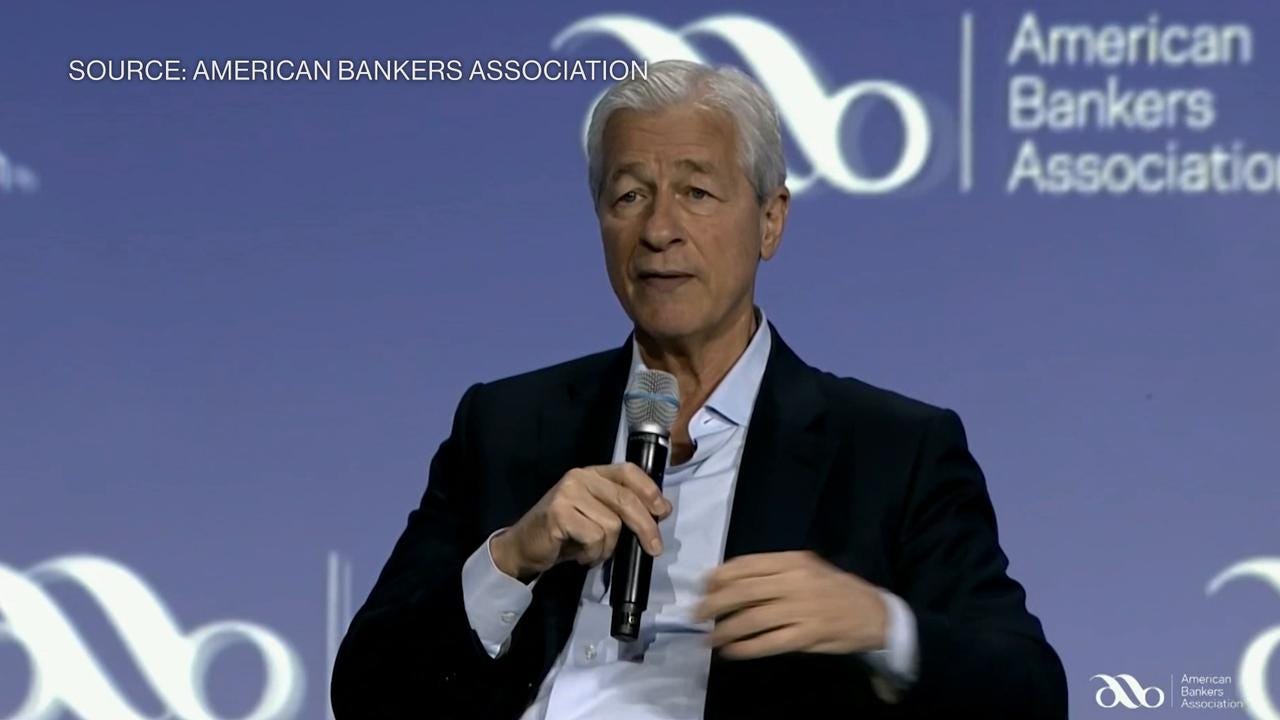What is stagflation? Uncertainty grows amid Trump tariffs, economic slowdown
Worries about "stagflation" previously spiked in 2022 amid Russia's invasion of Ukraine, but the phenomenon hasn't been seen in the U.S. since the 1970s and early ’80s.

Financial experts are growing increasingly concerned that President Donald Trump’s tariffs on goods coming into the United States from other countries could give rise to an economic condition known as "stagflation."
Trump on Tuesday hiked up prices for imports by enacting 25% tariffs on goods from Mexico and Canada and doubling a tariff on Chinese goods to 20%. While the president has touted the move as a way to offset costs associated with proposed tax cuts, the tariffs come during a slowdown in economic activity and rising costs.
For that reason, some analysts fear tariffs will do more damage than simply making some consumer goods more expensive. Taken together, consumers, business leaders and policymakers fear the conditions could create "stagflation," which refers to a period of slow growth but high inflation.
Worries about "stagflation" previously spiked in 2022 amid Russia's invasion of Ukraine, but the phenomenon hasn't been seen in the U.S. since the 1970s and early ’80s.
Here's what to know about stagflation:
What is stagflation and what causes it?
Stagflation happens when economic growth is sluggish while inflation is high. The term lacks a formal definition or specific threshold, but elements include high unemployment and a weakened economy as prices climb.
One factor that can help cause stagflation is a spike in the cost of raw materials, causing inflation and leaving people with less money to spend.
- In the 1970s, Saudi Arabia and other countries imposed an oil embargo on the United States and other nations.
- Oil prices increased as the cost of living grew. In every year from 1974 to 1982, inflation and unemployment in the U.S. were both above 5%.
What's happening right now?
On Wednesday, a report from payroll provider ADP showed private sector employers added just 77,000 jobs in February, well below the consensus of 140,000, and the lowest since July.
“Policy uncertainty and a slowdown in consumer spending might have led to layoffs or a slowdown in hiring last month,” ADP noted in a release. “Our data, combined with other recent indicators, suggests a hiring hesitancy among employers as they assess the economic climate ahead.”
And a closely-watched tracker of economic activity from the Atlanta Fed now shows the economy in deep contraction in the first quarter.
"Uncertainty is crimping confidence," said Jack Ablin, chief investment officer and founding partner of Cresset Capital. "Investor sentiment, an important ingredient for market risk taking, is plunging. At the same time, consumer confidence, an important ingredient for spending, has plunged as well."
Comments from corporate leaders reinforce a sense of hesitancy among consumers. On Tuesday, retailer Target told analysts to expect a “meaningful” decline in profits in the first quarter due to “ongoing consumer uncertainty,” soft sales in February and concerns around tariffs. On Wednesday, apparel retailer Abercrombie & Fitch said its 2025 operating margin would be slashed nearly in half by the effects of tariffs announced already. Shares closed more than 9% lower.
Yields on U.S. government bonds have tumbled in recent weeks as investors increasingly price in a softening economy. The benchmark 10-year note has lost about 30 basis points since the start of the year.
What is the difference between stagflation and inflation?
To understand stagflation, you have to understand inflation.
- Inflation is the rate of price increases for goods and services. It can happen for a number of reasons, from product and labor shortages to higher demand. It can also be spurred by policy decisions on factors such as tariffs, government spending and interest rates.
- Stagflation is a word used to describe the combination of inflation and bleak economic conditions, including slow GDP growth.
- Stagflation can also last longer and be harder for officials to solve than inflation.
Why is stagflation a serious problem?
Typically, when the economy is weak, inflation is low because there's less consumer demand and plenty of unused products and services. High inflation is more likely when the economy is strong and surging consumer demand is driving up prices.
Stagflation offers a worst-of-all-possible worlds scenario of weak growth and sharply rising prices. That poses a dilemma for the Federal Reserve: It can raise interest rates to fight inflation, but that will further hobble a feeble economy.
Does stagflation lead to a recession?
There isn’t necessarily one step to resolve stagflation, but the World Bank has noted that the period of stagflation in the 1970s required interest rate hikes that were so steep they caused a period of recession around the world and led to financial crises in several poor countries.
That could leave the Fed in a quandary over whether to cut rates, raise them or sit on its hands.
“That is the Fed’s worst nightmare,” said Jonathan Millar, senior U.S. economist at Barclays and a former Fed economist.
If an inflation surge and weak growth occurred at the same time, Millar said it’s likely the Fed would prioritize the wobbly economy and cut rates. But if high inflation came first, prompting consumers and businesses to reduce spending later, rate hikes could be followed by cuts.
Contributing: Paul Davidson, Paste BN